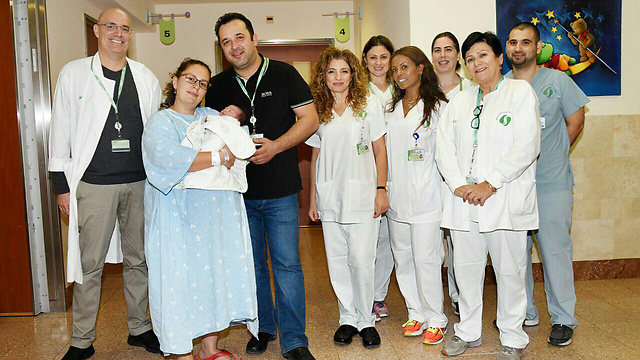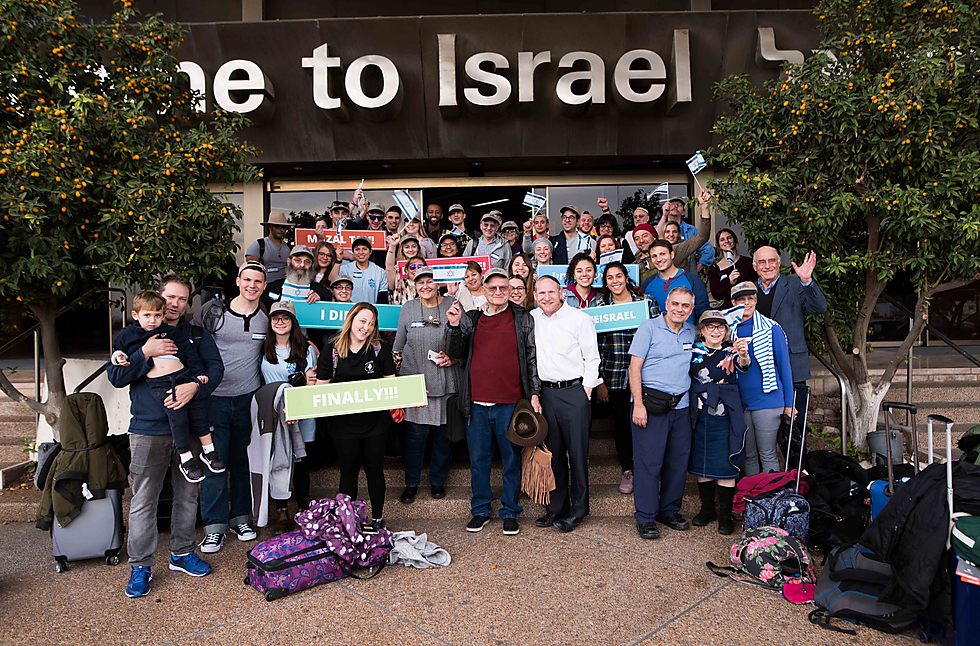
With 2017 drawing to a close Sunday night, Israel's Central Bureau of Statistics has released data regarding the country and its population. As 2018 begins, some 8,793,000 people currently reside in Israel. Of those residents, 6,556,000 are Jewish, making up 75 percent of the populace.
As for the country's non-Jewish population, 1,837,000 are Arabs, making up 21 percent of the total population. 400,000, meanwhile, are non-Arab Christians and people who are not classified by religion in the census, making up 4 percent of the population.
Israel's census does not include the population of foreign nationals working in the country, estimated to have been some 170,000 people at the end of 2016, or people who entered the country illegally through non-recognized border crossings.
In 2017, Israel's population grew by 165,000, with 180,000 babies born—74 percent of them Jewish, 23 percent Arabs and 3 percent non-Arab Christians or not classified by religion—and 44,000 people passing away. In addition, the 8,000 Israelis who resided abroad for more than a year were subtracted from the population.
The country also welcomed 27,000 new olim this past year, with roughly 10,000 other immigrants also coming into the country—including "olim citizens," people who were born to an Israeli citizen during their stay abroad and entered Israel intending to settle in the country. That number also includes people who immigrated to the country as part of the law permitting to do so.
The chief countries sending immigrants to Israel in 2017 were Russia (27%), the Ukraine (25%), France (13%) and the United States (10%). Most of the immigrants—20,200 people, or 75 percent of all immigrants—came from Europe. 4,200, or 15 percent of the immigrant population, came from the US and the Ukraine. Lastly, 1,400—or 5 percent—came from Asia and 1,200—4 percent—came from Africa.


















